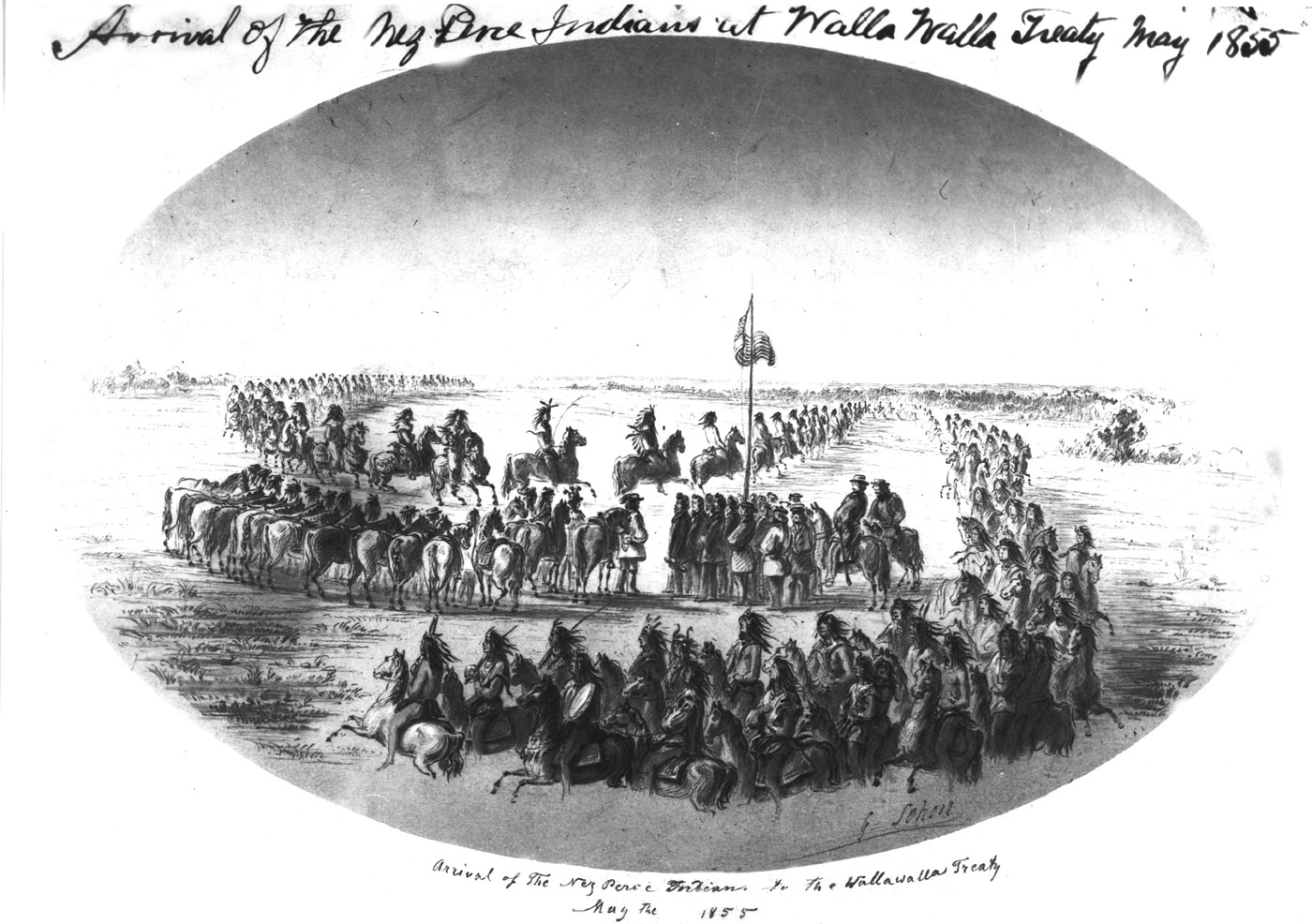Columbia River System Operations
Comment & Response
of bluefish.org
Cover Letter
----------------------------
Conservation
Coal
Carbon Sequestration
----------------------------
Irrigation
Barging Wheat
Barging Salmon and Steelhead
----------------------------
Survival of Salmon and Steelhead
Juvenile Survival through Hydrosystem
Water Temperature
Predation by Birds
Ocean Conditions
----------------------------
Greenhouse Gases
An Adequate Power Supply
An Economic Power Supply
A Reliable Power Supply
An Efficient Power Supply
----------------------------
Potatoes, Apples & Grapes
Petroleum to Pasco
----------------------------
Orca and Idaho's Chinook
Flex Spill to 125% TDG
Breach Lower Snake River Embankments
----------------------------
Social Effects
Cultural Resources
Environmental Justice
----------------------------
Conclusion

Federal Response:
Tribal input, concerns, interests, and especially treaty rights were considered throughout the Draft EIS analyses and in the formulation of the Preferred Alternative. Treaty specific information is included in Section 3.17 as well as Chapter 7. The treaties bind all parties and are the supreme law of the land. In terms of honoring our treaty obligations, the co-lead agencies included Protecting Native American treaty and reserved rights and fulfilling trust obligations for natural and cultural resources throughout the environment affected by the Columbia River System operations as a purpose in the Purpose and Need Statement in Chapter 1 to ensure treaty obligations were a key consideration of decision making. The co-lead agencies are engaging in government-to-government consultation with the tribes, and several tribes are cooperating agencies on the CRSO EIS.bluefish counter response:
Notably, the CRSO respondents have recognized treaties as the supreme law of the land.U.S. Constitution Article VI
This Constitution, and the laws of the United States which shall be made in pursuance thereof; and all treaties made, or which shall be made, under the authority of the United States, shall be the supreme law of the land; and the judges in every state shall be bound thereby, anything in the Constitution or laws of any State to the contrary notwithstanding.The Senators and Representatives before mentioned, and the members of the several state legislatures, and all executive and judicial officers, both of the United States and of the several states, shall be bound by oath or affirmation, to support this Constitution; but no religious test shall ever be required as a qualification to any office or public trust under the United States.
Henry "Scoop" Jackson and Warren Magnuson made a handshake agreement with the Palouse People, promising that the dams, which would soon be inundating their fishing camps, would be in place for fifty years. That time has come and gone.

Federal Response:
The EIS recognizes the economic and cultural importance of salmon to Tribes in a number of sections throughout the document. The cultural significance and impacts of salmon and steelhead fisheries are described in the Ceremonial and Subsistence Fisheries sub-section and the Social Importance of Commercial, Ceremonial and Subsistence Fisheries sub-section of Section 3.15.2.1. Fisheries tribal interests are provided in Section 3.15.4 additional details regarding the economic significance of salmon and steelhead fisheries have been added to the recreation analysis (Section 3.11) including tribal interests (Section 3.11.3.7).Gut Wrenching -- bluefish counter response:
"The cultural significance and impacts of salmon and steelhead fisheries are described" in the NEPA document, but how impactful was this for the CRSO decision makers?
Executive Summary, Additional Effects of MO3 (page 33)
Commercial cruise lines that operate on the lower Columbia and lower Snake River, providing voyage to approximately 18,000 cruise line passengers per year, would be adversely affected by reduced numbers and distance of trips, with adverse effects to tourism revenues and associated jobs and income. Communities affected, such as Clarkston, Lewiston and Asotin, would lose their 'river port' community identity.
Did a white male author this illegitmate NEPA document?
In these days, in which the actual presence of systemic racism is debated in some circles, we should also consider how "tribal interests" compares in importance with the "community identity" of the cultures that displaced these indigenouse people. Also worth consideration is the cultural heritage (and baggage) that CRSO decision makers brought to the table when selecting their Preferred Alternative.
No Action Alternative (Chapter 3, page 3-1147)
Navigation and Transportation, Other Social Effects

Commercial Cruise Line Operations

Multiple Objective 3 (Chapter 3, page 3-1191)
Navigation and Transportation, Other Social Effects

Federal Response:
Treaty rights are discussed in the Executive Summary, Section 3.16 Cultural Resources, and Section 3.17 Indian Trust Assets, Tribal Perspectives, and Tribal Interests. Appendix P includes copies of tribal perspectives that were submitted by tribes. Tribal consultation is described in Sections 1.5, 3.5, and 3.15; and Chapter 9. Most sub-sections within Chapter 3 include a Tribal Interests section at the end of the sub-section that attempts to summarize tribal issues by topic. Section 3.18, Environmental Justice, describes the unique conditions of minority populations, low-income populations, and tribes that may heighten their vulnerability to effects from the alternatives.
